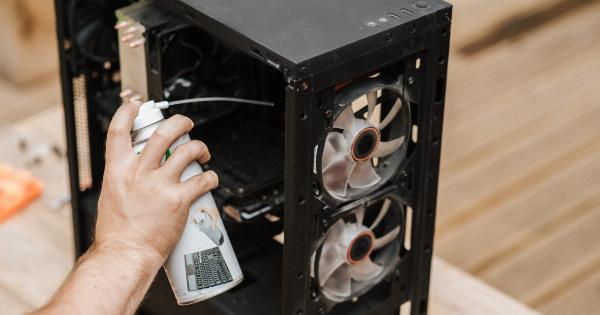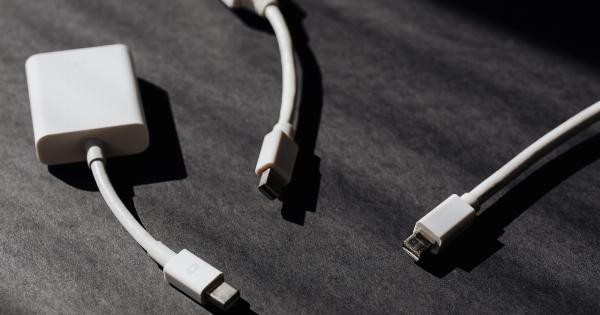Hysterosalpingography, or HSG, is a medical imaging procedure that uses X-rays to examine the uterus and fallopian tubes. It is commonly used to diagnose problems related to infertility.
In this article, we will discuss what HSG is, how it is performed, what to expect during and after the procedure, and what the results may show.
What is Hysterosalpingography (HSG)?
Hysterosalpingography is a procedure that involves injecting contrast dye into the uterus and fallopian tubes. The dye allows X-ray images to be taken, which can help identify any abnormalities or problems in the reproductive system.
HSG is often done as part of fertility testing to help diagnose conditions that could be preventing a woman from getting pregnant.
How is HSG Performed?
The HSG procedure typically takes less than an hour to complete. During the procedure, the patient lies on an X-ray table with her feet in stirrups, similar to a pelvic exam.
The doctor will first perform a pelvic exam to ensure that there are no structural abnormalities that could prevent the HSG from being performed safely.
Next, a speculum is inserted into the vagina to hold the vaginal walls apart. The doctor will then insert a small catheter through the cervix and into the uterus.
Contrast dye is then injected through the catheter into the uterus, which fills the uterus and passes into the fallopian tubes. X-ray images are taken to visualize the flow of the dye and identify any abnormalities.
What to Expect During and After the HSG Procedure
The HSG procedure can be uncomfortable but should not be overly painful. Patients may experience cramping or a feeling of pressure as the contrast dye is injected. Some women may feel dizzy or lightheaded during the procedure.
After the procedure, patients may experience some discomfort and cramping, which can usually be managed with over-the-counter pain relievers like ibuprofen. Some women may also experience spotting or light bleeding after the procedure.
What Do the Results of HSG Mean?
The results of an HSG can help identify the cause of infertility or other reproductive problems. Some of the issues that HSG can identify or rule out include:.
- Blockages in the fallopian tubes
- Uterine abnormalities, such as fibroids, polyps, or adhesions
- Structural issues in the uterus or fallopian tubes
- Issues with ovulation
If any issues are identified during the HSG, further testing or treatment may be recommended to address the problem.
Conclusion
Hysterosalpingography is a valuable tool for diagnosing reproductive problems and can help identify the cause of infertility. While the procedure can be uncomfortable, it is generally well-tolerated and has a low risk of complications.
Patients should discuss any concerns or questions with their doctor before undergoing an HSG procedure.































